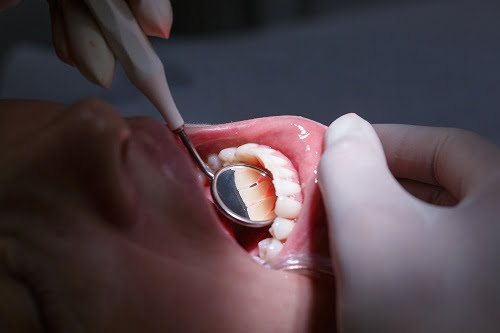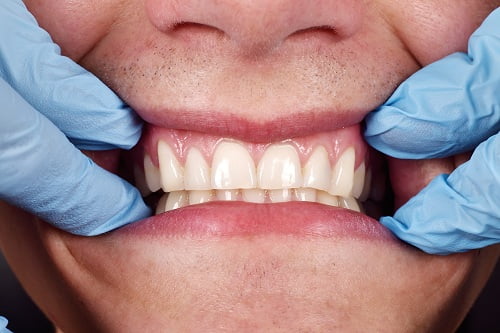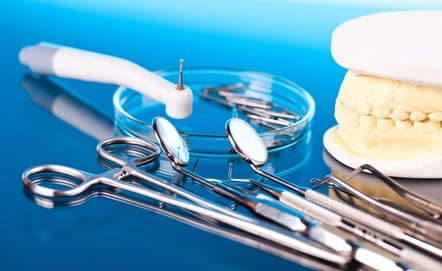Gum disease is mainly caused by the formation and reproduction of bacteria around teeth, causing gums to recede. Solutions to this periodontal disease include surgical and non-surgical procedures. The best treatment for a patient depends on his or her overall health and response to prior gum treatment.

Here are the surgical options to deal with receding gums:
- Flap Surgery/Pocket Reduction Surgery – This surgery lifts back gums to remove hidden tartar. The procedure decreases the space between gum and tooth, preventing bacteria from forming in the problematic areas of the mouth. The development of serious periodontal disease can be prevented with this surgery.
- Bone Grafts – This approach utilizes a patient’s bone fragments (or synthetic or donated bone) to replace bone damaged by gum disease. The graft will allow for bone regrowth to restore tooth stability.
- Soft Tissue Grafts – This procedure takes grafted tissue (usually from the roof of the mouth) and stitches it in areas where gums have receded or thinned. This reinforces the weakened area.
- Bone Surgery – In cases involving minor or advanced bone loss, craters in the bone are smoothed. Flap surgery is performed before this procedure and the bone around the tooth is reshaped to prevent the craters from becoming larger. When the size of the craters is reduced or when they have closed entirely, the collection and growth of bacteria will be less likely.

Gum surgery is needed when the tissue around the teeth becomes unhealthy, and non-surgical options are unable to correct the problem. To prevent receding gums make regular visits to the dentist’s office.
Teeth and gum problems sometimes occur with age but consistent dental checkups will keep you healthy. Make an appointment with Lambton Family Dental soon to maintain excellent oral health! (519) 344-5747

